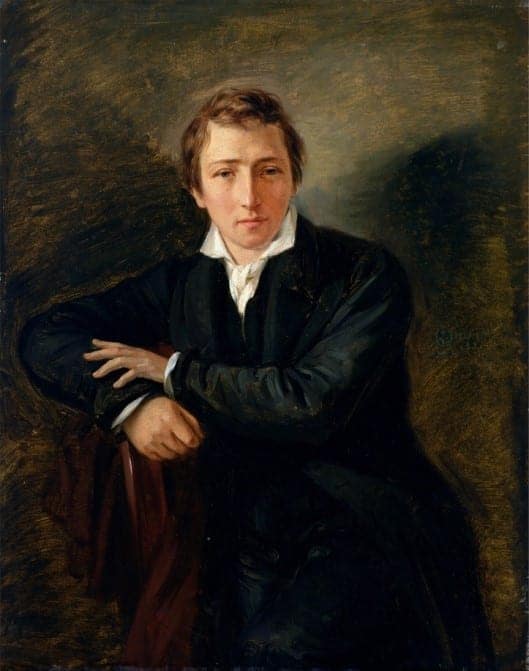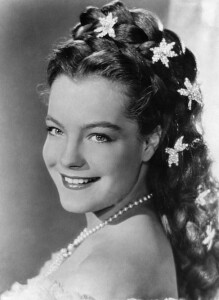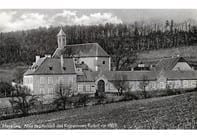Which poets did Sisi admire? What scandal did the planned Heine monument in Düsseldorf cause? What should happen to her poetry collection?
Poems have played a central role in Elisabeth’s life since she was a young girl. Even as a grown woman, she wrote a lot and considered herself a “Heine disciple”. She knew many of Heine’s poems inside and out and studied the life of the romantic poet she most admired.
She was inspired by his way of writing poetry. Poetry was like therapy for her, especially in difficult times, and she wrote a poetry diary. Heine is with me always and everywhere, every word, every letter that only occurs in “Heine” is a jewel – Elisabeth in a letter to her daughter Marie Valerie. Her youngest daughter advised her to keep a poetic diary, which was published in 1980. Sisi was very farsighted. She decreed that the proceeds from the book of poetry should go to asylum seekers and the persecuted, which is still being implemented today.
Here is an excerpt of her poems:
To the souls of the future – I walk lonely towards this earth, Long since turned away from lust, from life; No companion shares my soul life, There never was a soul that understood me. (Poetic Diary p. 214)
“A seagull am I of no land,
I don’t call my home a beach
I am not tied to a place or place;
I fly from wave to wave.”
Elisabeth’s admiration for Heinrich Heine went so far that she thought he would appear in her dreams and dictate the lines. She dealt intensively with the life of Heinrich Heine, who lived from 1797 to 1856 . Heine was one of the most important German poets and writers of the 19th century. Due to his Jewish origins , he was hostile to in Germany and spent the second half of his life in exile in Paris.
The planned Heine monument in his hometown of Düsseldorf caused quite a stir. Sisi contributed financially and naturally wanted to pay tribute to her favorite poet. However, because of his statements, Heine was a controversial poet who was railed against by anti-Semitic groups. Sisi withdrew from this project in 1889.
Ultimately, it was not a Heine statue that was erected, but a Loreley statue . Nobody could say anything against that. As in Heine’s poem about the Loreley, she combs her golden hair. However, the statue is not in Düsseldorf but in the New York Bronx. The sculptor was Ernst Herter, who also created the dying Achilles in Corfu and the Hermes in front of the Hermesvilla in Vienna .
In her private palace, the Achilleion , she had her own statue of Heine made, which stood in a temple in the garden. When her daughter Gisela sold the estate to the German Emperor Wilhelm II in 1907, he immediately had the statue removed. This statue eventually made its way to France and is now located in the Jardin de Mourillon in Toulon.
In addition to Heine, she also admired Homer and Shakespeare. Her favorite play was Shakespeare’s A Midsummer Night ‘s Dream. She saw herself as the fairy queen Titania and the unsuccessful suitors were portrayed as donkeys.
After the tragic suicide of Crown Prince Rudolf, Sisi gave up poetry.
Tip from Sisi’s Amazing Journey: To get more insight into the inner life of the empress , the poetic diary is highly recommended.





